Wabi-Sabi Interiors
Wabi-Sabi Interiors: Finding Beauty in Imperfection
In a world constantly chasing pristine perfection and fleeting trends, there lies an ancient whisper from Japan—a philosophy that invites us to pause, breathe, and rediscover beauty in the most unassuming corners of our homes and lives.
This wisdom, known as Wabi-Sabi, transcends interior design. It is a mindful way of seeing, finding elegance not in flawlessness, but in the patina of time and the gentle embrace of imperfection.Imagine a sanctuary where every crack tells a story, every worn surface whispers of cherished moments, and simplicity reigns—connecting us deeply to nature and a sustainable way of living.
Wabi-Sabi is more than a style. It is a life philosophy, and it can shape a home that doesn’t just look beautiful but feels soulfully alive.
Quick takeaway
- Wabi-Sabi is a Japanese philosophy that finds beauty in imperfection, simplicity, and the quiet authenticity of time, transforming our homes into soulful sanctuaries of calm and connection.
What Is Wabi-Sabi?

At its heart, Wabi-Sabi is a Japanese aesthetic that celebrates the beauty of imperfection and the transient nature of life.
- It champions simplicity and organic materials.
- It values wear, weathering, and the stories objects carry.
- It’s rooted in Zen Buddhism, inviting us to appreciate things as they are, without striving for flawless perfection.
Writer Andrew Juniper once said:
- "If an object or expression can evoke a sense of serene melancholy and a spiritual longing, then it embodies Wabi-Sabi."
Author Richard Powell beautifully summarized it:
- "Wabi-Sabi nurtures authenticity by acknowledging three realities: nothing lasts, nothing is finished, and nothing is perfect."
This means appreciating the scratch on a wooden table, the fading rug, or the uneven glaze of a ceramic bowl. These aren’t defects but character, history, and connection.
Wabi and Sabi: Two Sides of the Philosophy
Though often used together, the words have distinct meanings:
- Wabi (侘):
A subdued, rustic beauty. The quiet elegance of humble things like twisted branches, weathered rocks, or handmade pottery. A reminder to savor the here and now. - Sabi (寂):
The beauty of age. The grace found in fading, patina, and natural deterioration—like the pages of an antique book or the sheen on a worn floor.
Together, Wabi-Sabi harmonizes simplicity with impermanence.
Where Did Wabi-Sabi Come From?
The roots of Wabi-Sabi stretch back to Zen Buddhism and the transformation of the Japanese tea ceremony.
- 15th century:
Zen priest Murata Jukō introduced simplicity, replacing imported Chinese luxury objects with local, handmade utensils that embraced imperfection. - 16th century:
Tea master Sen no Rikyū deepened the shift, designing humble tea pavilions where even emperors had to bow at the door—symbolizing humility before tradition and spirit.
From there, Wabi-Sabi spread across Japanese culture:
- Zen gardens and tea gardens with deliberate simplicity.
- Haiku poetry, evoking fleeting beauty (think of Bashō).
- Raku ceramics and Ikebana flower arranging, emphasizing asymmetry and imperfection.
- Kintsugi, the art of repairing broken pottery with gold, where cracks become celebrated rather than concealed.
This philosophy echoes the Buddhist “Three Marks of Existence”: impermanence, suffering, and the absence of self. Everything is in flux—and that is where beauty lies.

The Elements of Wabi-Sabi Interiors
Creating a Wabi-Sabi home is about choosing materials, textures, colors, and shapes that reflect authenticity and imperfection.
Materials: Nature’s Raw Beauty

- Wood: Raw, untreated, or weathered wood (oak, pine, walnut). Visible knots, cracks, and scratches enhance character.
- Stone: Granite, travertine, or limestone left unpolished, with earthy tones and irregular textures.
- Clay & Ceramics: Handcrafted, uneven pieces with rough glazes or crackled finishes (e.g., Raku ware, Hagi pottery).
- Metals: Aged copper, iron, or zinc with rust, scratches, or patina.
- Fabrics: Natural fibers like linen, jute, wool, or cotton in earthy neutrals. Chunky weaves or bouclé add tactile richness.
(Tip: Choosing second-hand or vintage pieces reinforces Wabi-Sabi’s sustainable spirit.)
Textures: A Tapestry of Touch

- Pair rough and smooth—distressed wood beside soft linen.
- Use textured rugs, cushions, and throws.
- Try limewash, heavy plaster, or Venetian plaster for imperfect walls.
- Embrace irregularities—creases in fabric, uneven finishes, or handwoven weaves.
Colors: Earth’s Gentle Hues

- Core tones: browns, greens, and grays.
- Warm neutrals: beige, taupe, chalk, and sand.
- Muted shades over saturated ones—calming, understated walls.
- Depth from darker accents: olive, charcoal, or black.
- Patinas—where original colors fade over time—are welcomed.
Shapes: Organic and Asymmetrical

- Embrace asymmetry and irregularity.
- Use handcrafted ceramics or furniture with fluid, uneven forms.
- Avoid rigid pairs—opt for single, unique pieces.
- Balance organic irregularity with clean, simple lines in furniture.
Lighting

- Layer ambient, task and accent lighting.
- Use 2700–3000 K bulbs for a candle-like glow; install dimmers.
- Keep window treatments breezy; bounce daylight with mirrors.
- Tiffany stained glass lamp an eglomise; natural light and lighting from vintage and antik lamps. If you are interested in Eglomise you can learn more from our online course here.
Plants & Personal Touches

- Potted ferns, trailing pothos, or kitchen herbs breathe life into rooms.
- Display heirloom pottery, travel finds, framed family recipes.
- If it sparks a story, it belongs.
How to Create a Wabi-Sabi Home

Here’s a practical guide to bring Wabi-Sabi into your interiors:
1. Highlight Imperfection
- Celebrate chips, cracks, and fading.
- Try Kintsugi for broken ceramics.
- Let wood age naturally.
2. Choose Natural Materials
- Raw wood, stone, clay, and metal with patina.
- Natural fiber textiles.
- Recycled, vintage, or handmade items.
3. Layer Textures
- Rough + smooth.
- Soft linens, heavy weaves, and textured walls.
4. Keep a Muted Palette
- Earth tones, neutrals, subtle depth from darker shades.
5. Bring the Outdoors In
- Houseplants, dried branches, stones, or pebbles.
- Maximize natural light.
6. Simplify & Declutter
- Remove the unnecessary.
- Choose fewer but more meaningful objects.
7. Favor Asymmetry & Organic Forms
- Irregular placement.
- Unique handmade pieces over mass-produced sets.
8. Design for Mindfulness
- Spaces should encourage calm, reflection, and slow living.
But only you know when it is right

Room-by-Room Wabi-Sabi
- Living Room: Linen sofa, rustic wood coffee table, handmade ceramics.
- Kitchen: Stone countertops, wooden shelves, olive-green cabinets, curved edges.
- Bedroom: Linen bedding, weathered furniture, dried branches in a vase.
- Bathroom: Cotton towels, stone or wood details, soft neutral tiles.
- Entryway: Wooden bench, stone accents, curved walls for soft flow.
Pro tip
- In an age of digital noise and fleeting trends, Wabi-Sabi is a gentle reminder:Beauty is found in imperfection, in time’s passing, in the handmade and the humble.
Embrace Your Imperfect Sanctuary
By choosing Wabi-Sabi in your home, you are not just decorating—you are creating a sanctuary for reflection, peace, and presence.
Start small: place a handmade ceramic bowl, let a wooden table age gracefully, or choose linen over synthetics.
With each step, your home will breathe with quiet authenticity.
Wabi-Sabi is not a finished look. It is a way of life, always unfolding—an invitation to live in harmony with nature, time, and yourself. Your home will really shine when you start putting your personality into it, so the more you can make and do with your hands the better.
👉 Explore our online courses in Upholstery and Églomisé Glass to learn how to transform furniture and décor with professional, time-honoured techniques.
Other articles that might interest you
Furniture Inspirations
Subscribe for Newsletter
The latest news, events and stories delivered right to your inbox





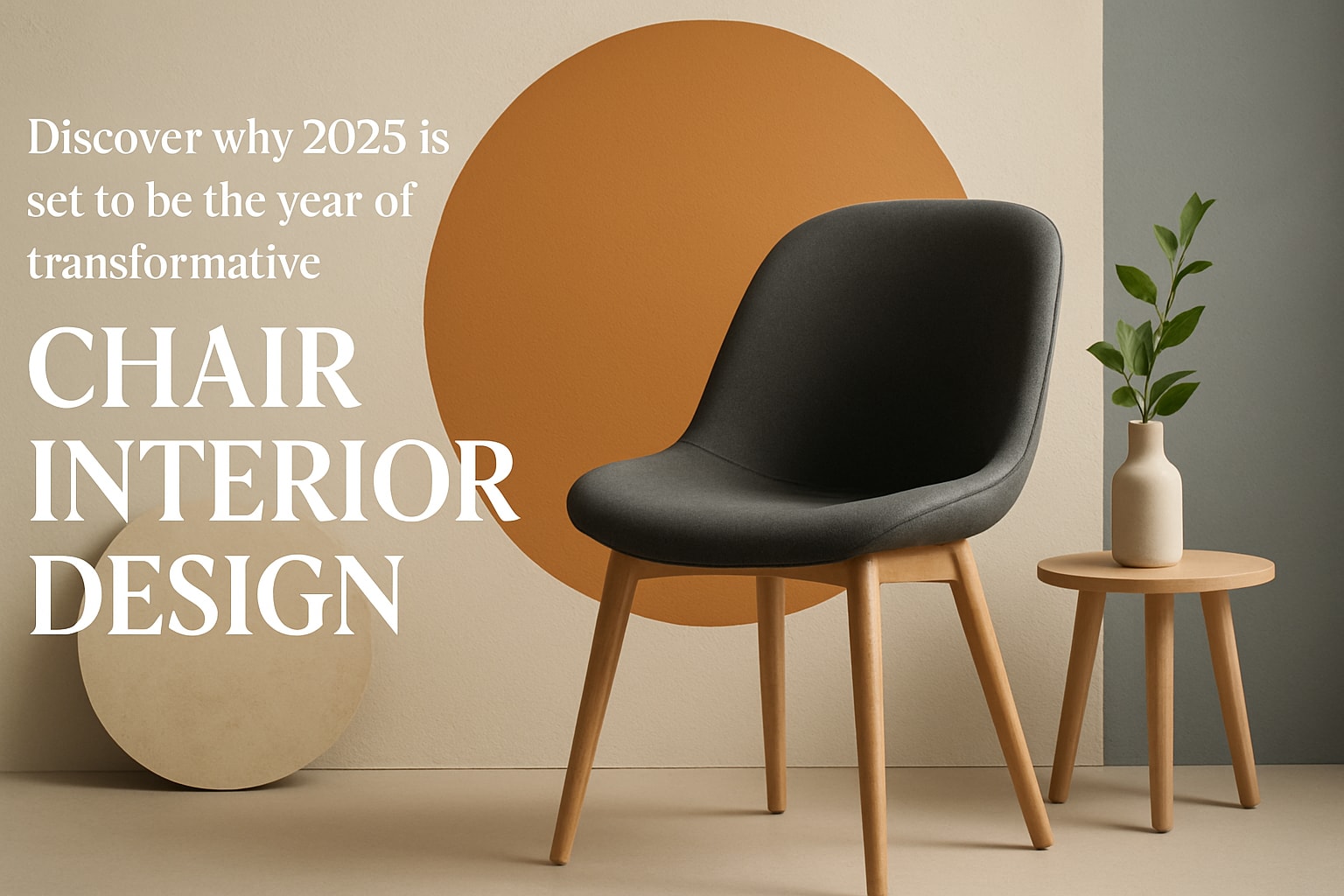
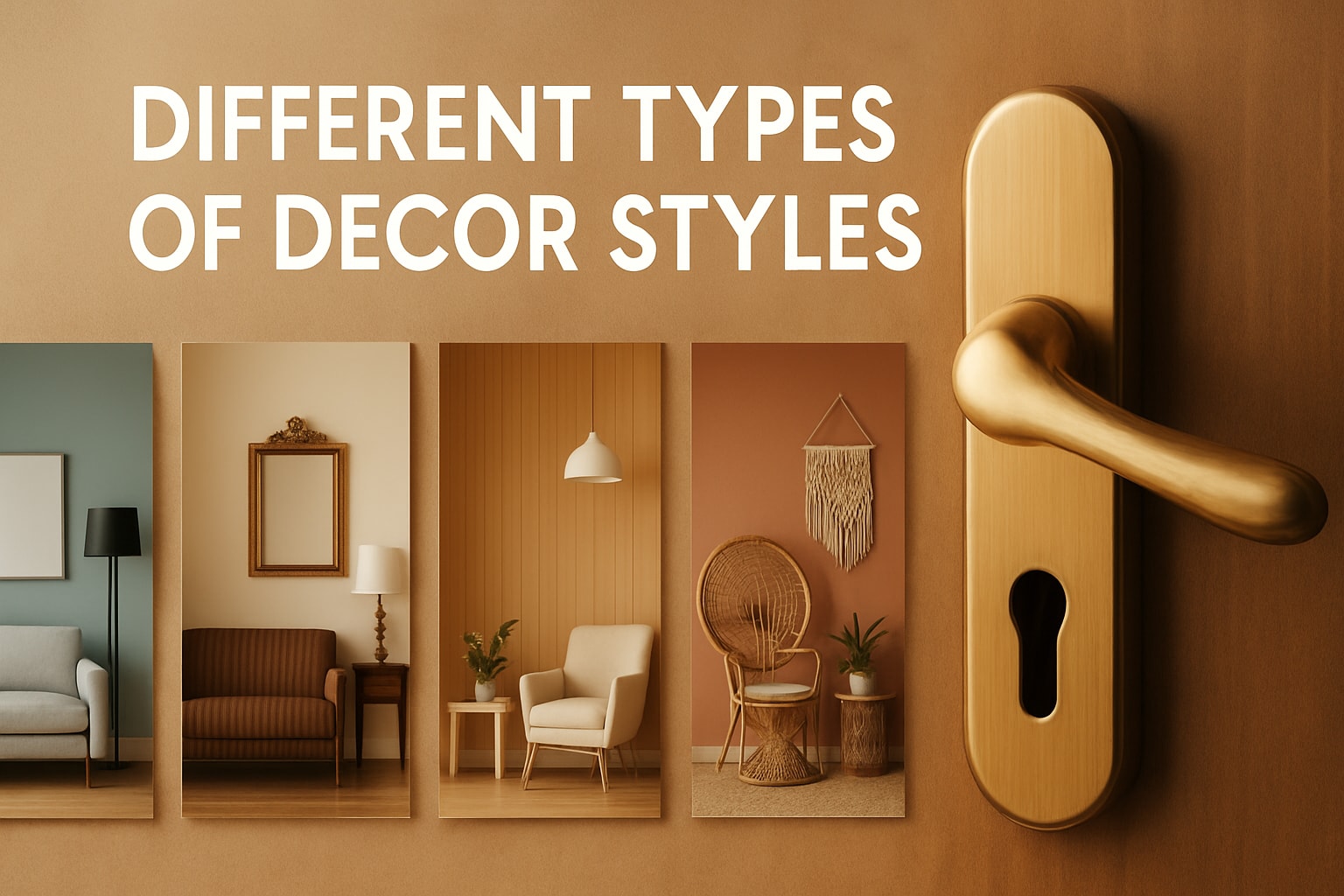

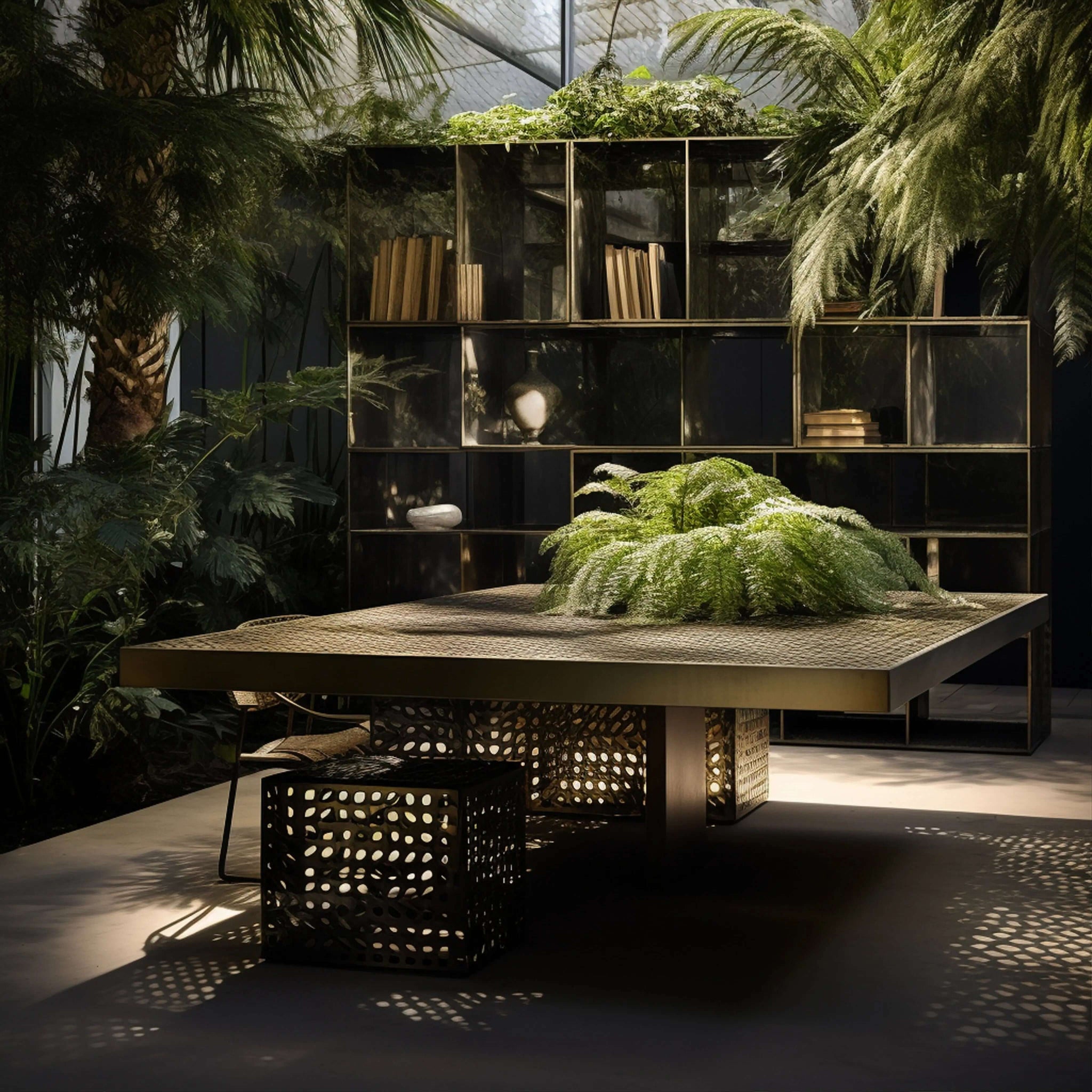
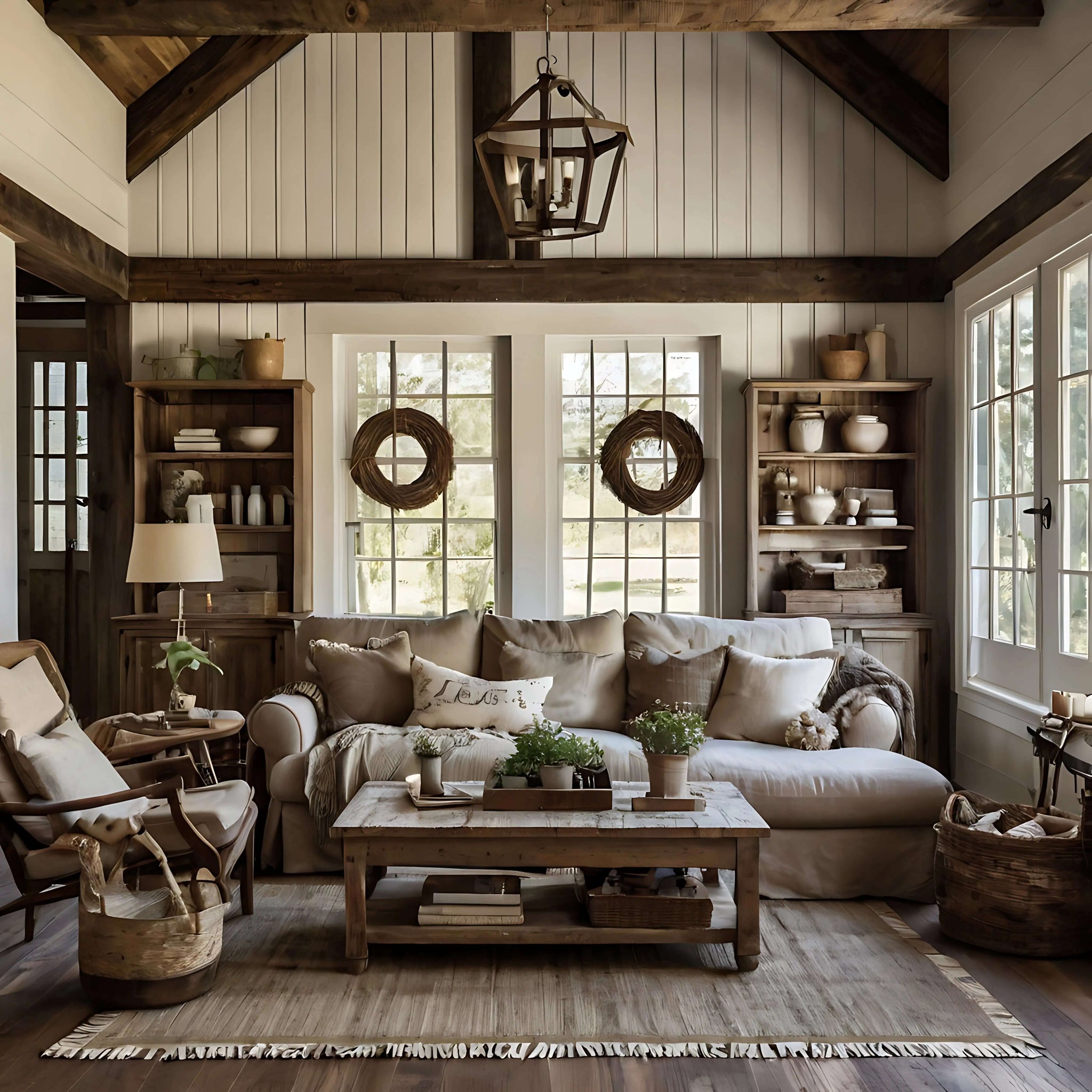
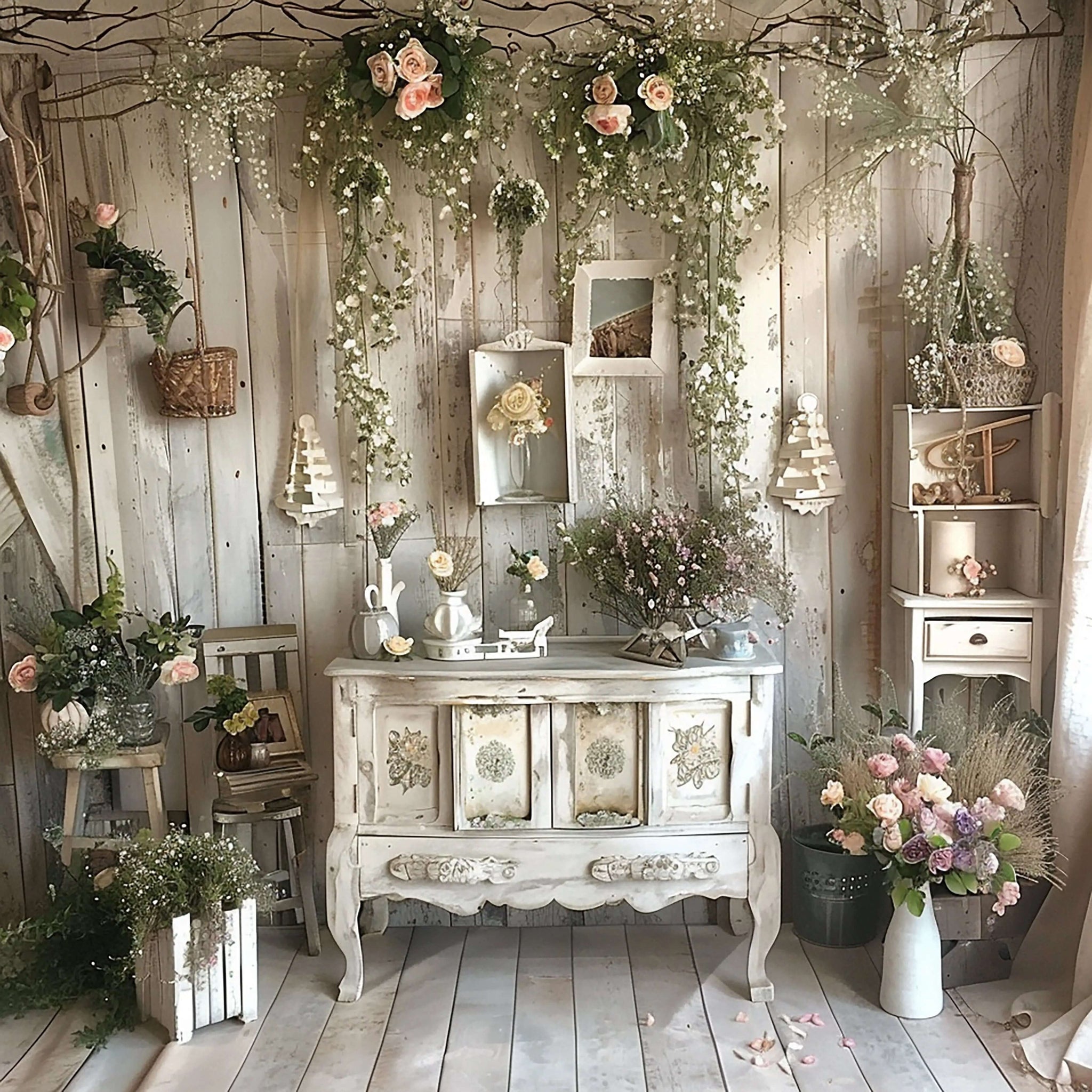
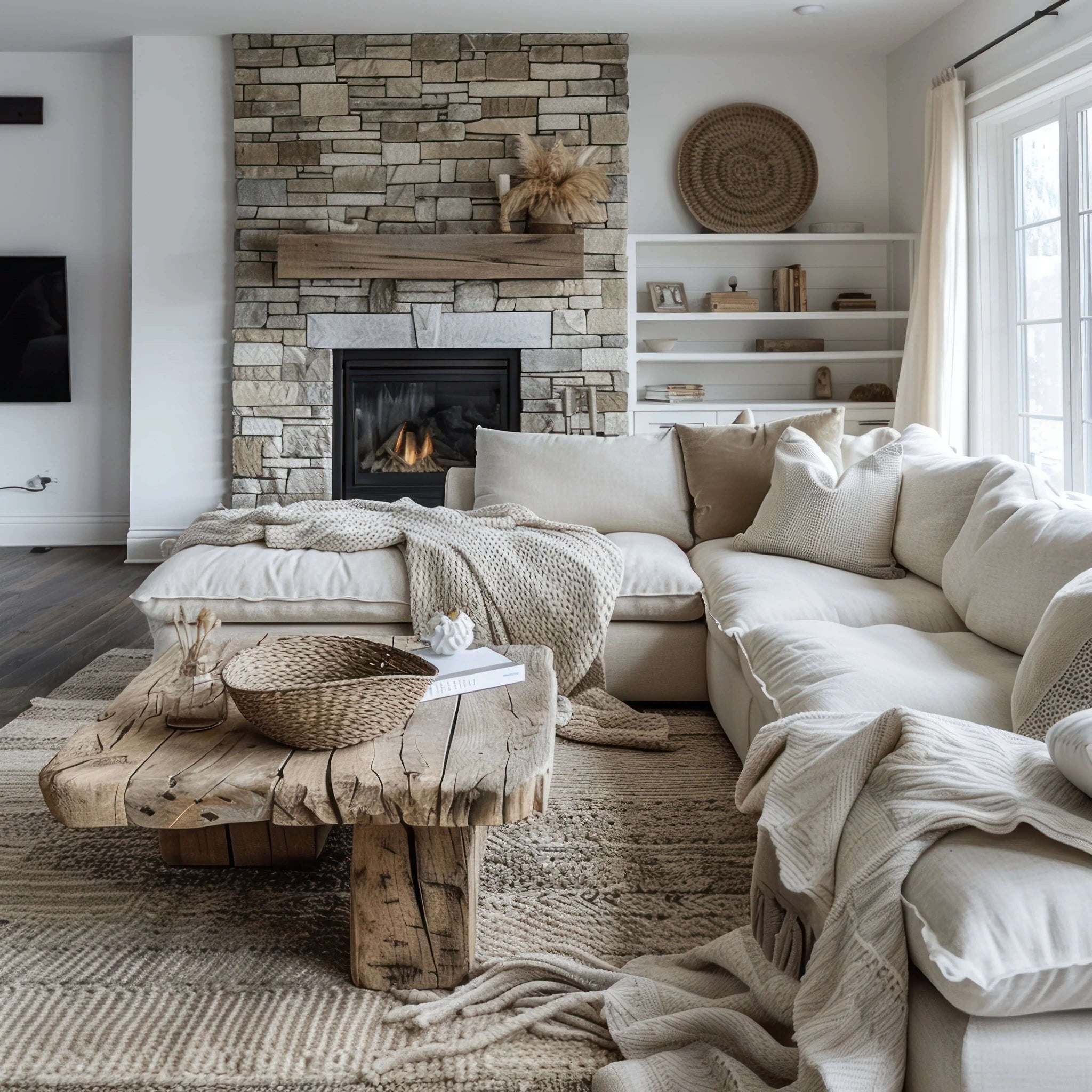
Share:
Discovering Biophilic Interior Styles
Casa Decor Trends 2025 - The Essential Guide to